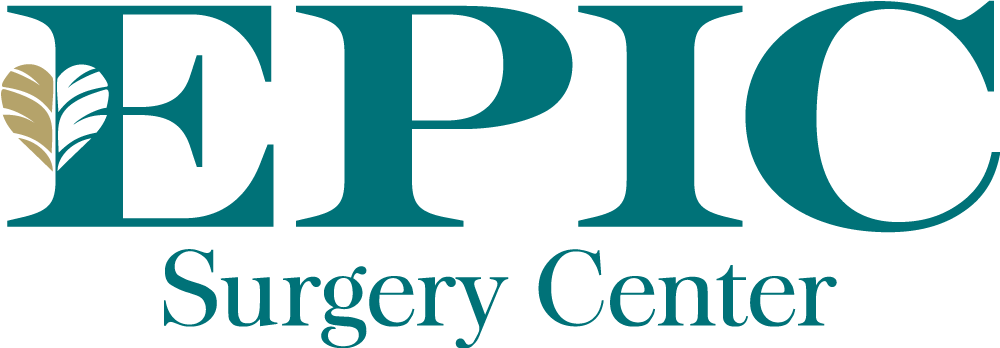Pacemaker Implants
Scottsdale, Arizona
At EPIC Surgery Center, we offer a range of cardiology services, including pacemakers, to regulate your heart’s rhythm and improve your quality of life. Expect world-class care by experienced and highly skilled physicians at our state-of-the-art cardiovascular ambulatory surgery center (ASC), the only one of its kind in the Scottsdale area.
What Is a Pacemaker?
A pacemaker, also known as a cardiac pacing device, is a small electronic device that we implant in your chest to help you maintain a regular heartbeat. Our cardiologists usually recommend using a pacemaker to prevent a dangerously slow heartbeat.
A pacemaker works by sending electrical impulses to the heart to trigger contractions and produce heartbeats. It also stores information about your heart to allow us to evaluate your therapy and adjust the pacemaker setting if needed.
What Should You Expect?
You’ll receive a mild sedative and a local anesthetic for your comfort, but you’ll be awake during the procedure. Our cardiologist will insert one or more wires into a vein under or near your collarbone and guide it to your heart using x-ray images. Next is attaching the tip of each lead to the heart muscle and to the device’s pulse generator, which we’ll implant just beneath your collarbone. After placing the pacemaker, we’ll program it and perform tests to ensure it is working the way it should.
What Happens After Your Pacemaker Implantation?
You’ll receive a mild sedative and a local anesthetic for your comfort, but you’ll be awake during the procedure. Our cardiologist will insert one or more wires into a vein under or near your collarbone and guide it to your heart using x-ray images. Next is attaching the tip of each lead to the heart muscle and to the device’s pulse generator, which we’ll implant just beneath your collarbone. After placing the pacemaker, we’ll program it and perform tests to ensure it is working the way it should.
Pacemaker Generator Change
Your pacemaker’s battery life is anywhere from five to ten years. If the battery’s voltage runs low, we may recommend a generator change. However, we will likely not replace the wire leads.
The procedure involves applying local anesthesia, then making a small incision similar to the implantation process and removing the existing generator. Next, we will disconnect the leads and ensure they are still intact. The last step is attaching a new generator, reinserting it under the skin, and closing the incision.
Life With a Pacemaker
By preventing your heart from beating too slowly, a pacemaker will help you overcome many symptoms, including fatigue, fainting, and lightheadedness, allowing you to feel better and enjoy your life once again. You’ll be able to maintain a more active lifestyle by adjusting your heart rate to match your activity level.
After having your pacemaker placed, you’ll need to avoid magnetic fields, which may interfere with the device’s function. For example, avoid placing a cell phone in your left shirt pocket and refrain from walking through metal detectors, such as those at airports and security checks. We’ll supply you with a medical ID card providing information about your pacemaker.
You’ll also need to alert your healthcare provider and radiologist if you require a magnetic resonance imaging (MRI) scan. Because you can’t relay that information in an emergency, we highly recommend carrying your medical ID card with you at all times.
Healthy Habits for Healthy Hearts
Maintaining a heart-healthy lifestyle is the best way to ensure your heart thrives. Make sure you consume a healthy, nutritious diet rich in fruits, vegetables, whole grains, and omega-3 fatty acids and steer away from trans fats and saturated fats. It’s also essential to maintain moderate exercise, lose excess weight, quit smoking, and limit alcohol consumption.
